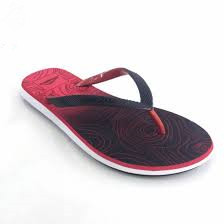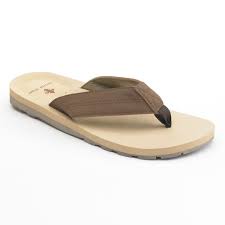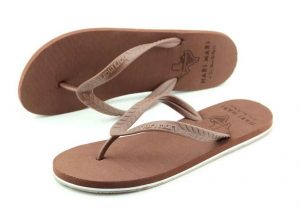The Thermo-Plastic-Rubber material is a thermoplastic rubber material. It is a kind of thermoplastic soft rubber compound which has rubber elasticity and does not need vulcanization and can be directly processed (such as injection molding, extrusion, blow molding, etc.).
The TPR material is based on thermoplastic styrene-butadiene rubber (such as SBS, SEBS), adding resin (such as PP, PS), filler, plasticizer and other functional additives blending modified materials.




